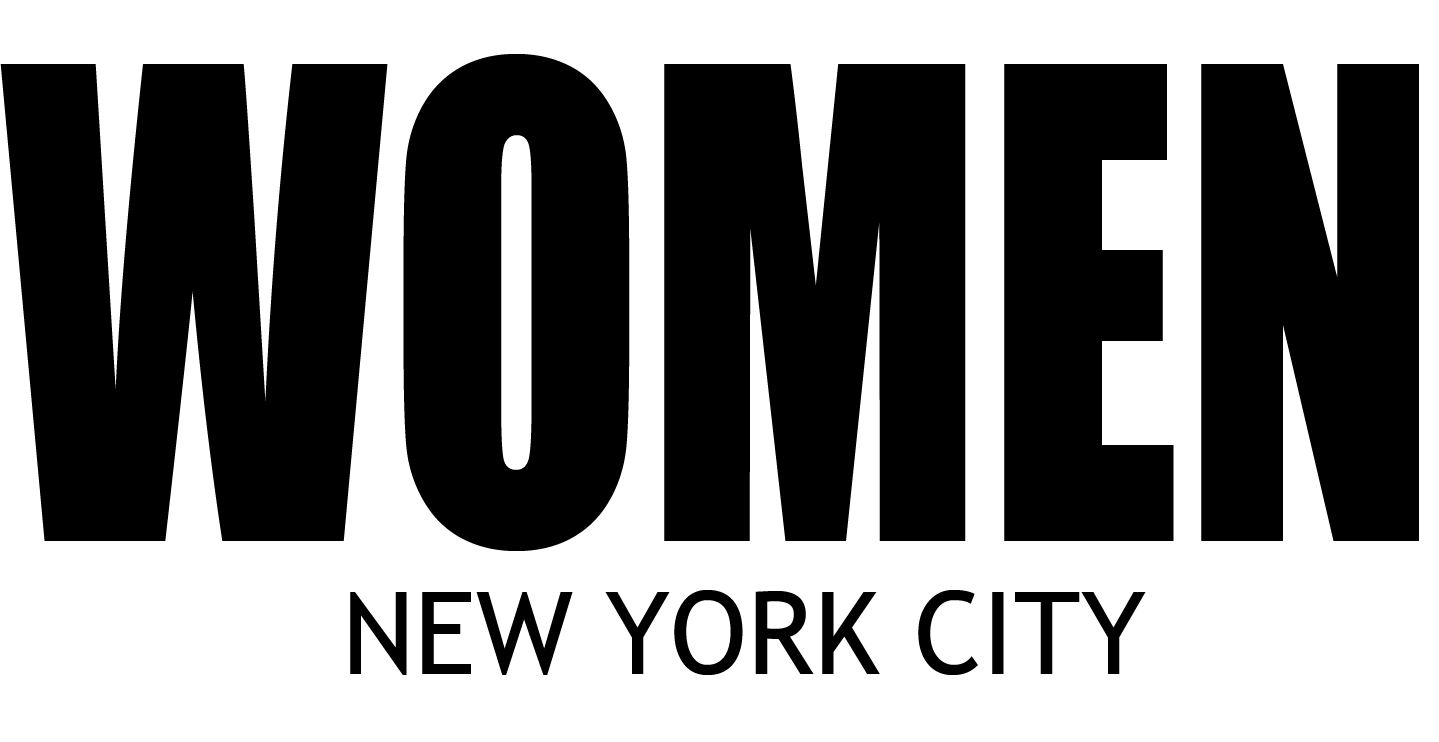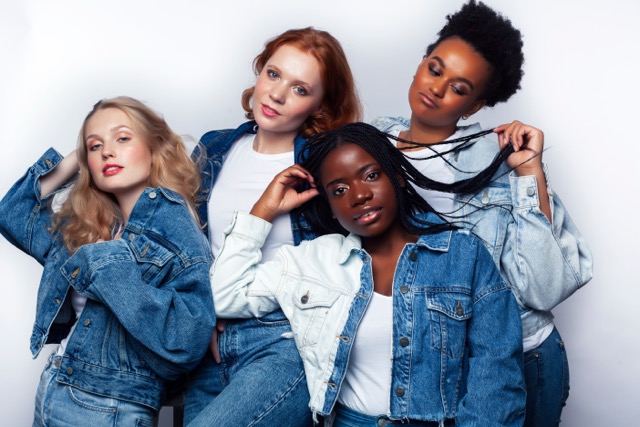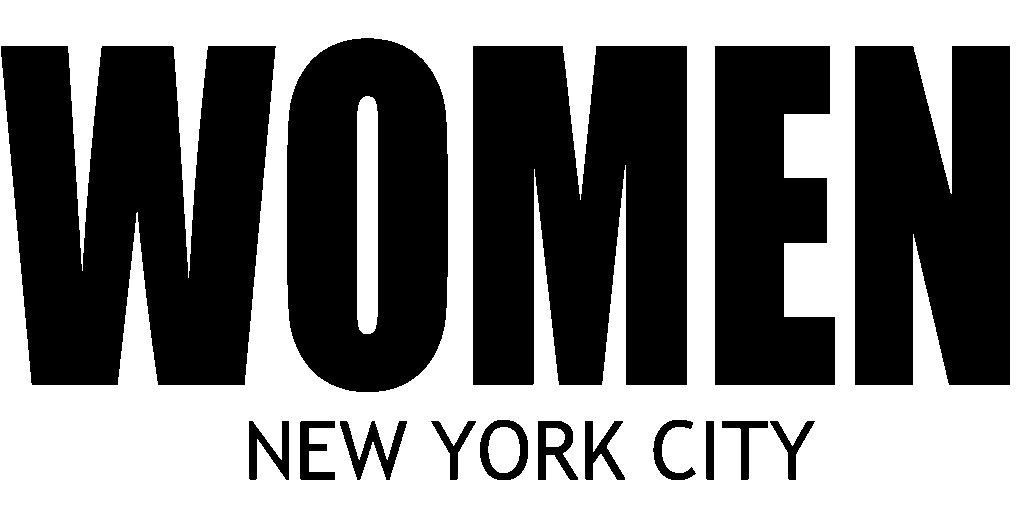Once a symbol of rebellion and blue-collar grit, denim has come full circle — from workwear to high fashion, from the streets to the red carpet. In 2025, the humble pair of jeans is no longer just a wardrobe staple; it’s a canvas of creativity, craftsmanship, and culture. Denim has evolved — and with it, our entire understanding of what “luxury” really means.
Today’s denim is no longer confined to the realm of casual Fridays or weekend errands. It’s being reimagined in structured silhouettes, reinterpreted in couture ateliers, and revered by designers who treat the fabric with the same reverence once reserved for silk or tulle. From Paris to Seoul, denim has become the language of modern style — democratic, adaptable, and deeply personal.
From the Factory Floor to the Fashion House
To understand the modern denim revolution, we must look back. Born in the 19th century as utilitarian workwear, denim symbolized endurance — a material built to last. In the 1950s, it became rebellion, thanks to icons like James Dean and Marlon Brando. The 1970s turned it into counterculture, and the 1990s — into a symbol of effortless cool.
But it’s in the 2020s that denim has undergone its most radical transformation. High-end designers like Balmain, Alexander McQueen, and Maison Margiela have elevated denim into couture territory, crafting pieces with intricate stitching, sculptural cuts, and hand-dyed gradients. Even luxury houses like Chanel and Louis Vuitton now include denim capsules that blend craftsmanship with wearability — a combination that defines the modern fashion consumer.
The Art of Everyday Luxury
What makes denim timeless is its adaptability. It can be classic or daring, minimalist or avant-garde. A pair of perfectly cut jeans carries the same energy as a tailored suit — only with a touch more personality.
Today’s fashion landscape celebrates this versatility. Denim skirts meet corsetry, oversized jackets echo the shapes of vintage tailoring, and distressed finishes are elevated with polished accessories. The contrast — between rugged texture and refined styling — has become the new code of cool sophistication.
Designers are also pushing boundaries through fabric innovation. Organic cotton blends, water-saving washes, and plant-based indigo dyes are redefining sustainability in denim. The new generation of designers isn’t just creating jeans; they’re rewriting the material’s DNA.
The Cultural Power of Jeans
No other fabric carries as much emotional memory as denim. Everyone has a pair that tells a story — the jeans that fit like a second skin, the jacket that’s seen every concert, the vintage pair passed down through generations. Denim is identity woven into thread.
That’s why it continues to transcend trends and social classes. Whether it’s worn by a Parisian editor with pointed heels or a student in Bogotá with sneakers and confidence, denim remains the great equalizer of fashion — proof that style isn’t about privilege, but perspective.
The Future: Couture Meets Comfort
As fashion grows more conscious, the line between luxury and comfort continues to blur. We crave authenticity, longevity, and emotional connection — values denim has embodied all along. The future of denim is not about reinvention; it’s about reclamation. It’s the rediscovery of simplicity, the celebration of texture, and the quiet luxury of something made to last.
So yes — in 2025, jeans have become couture. Not because they changed, but because we did. We finally understand that true elegance isn’t found in extravagance, but in the confidence to make the ordinary extraordinary.


